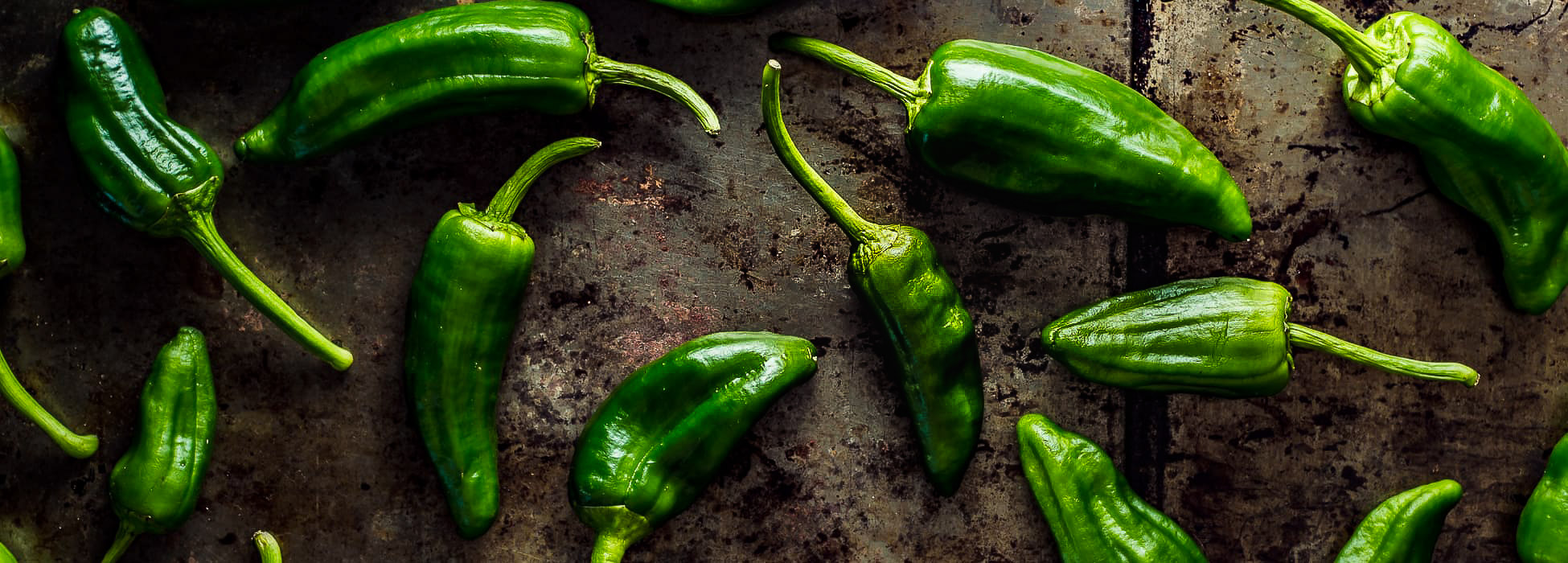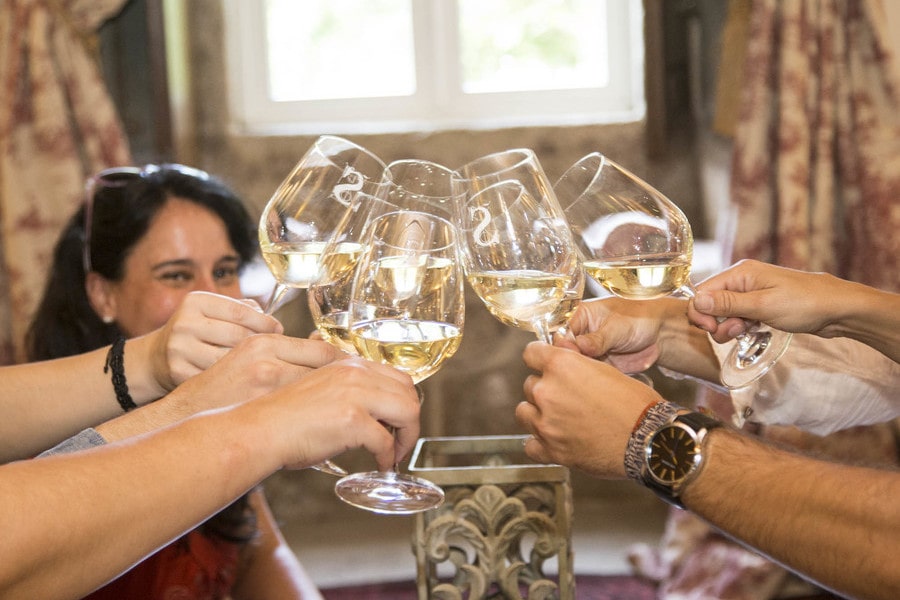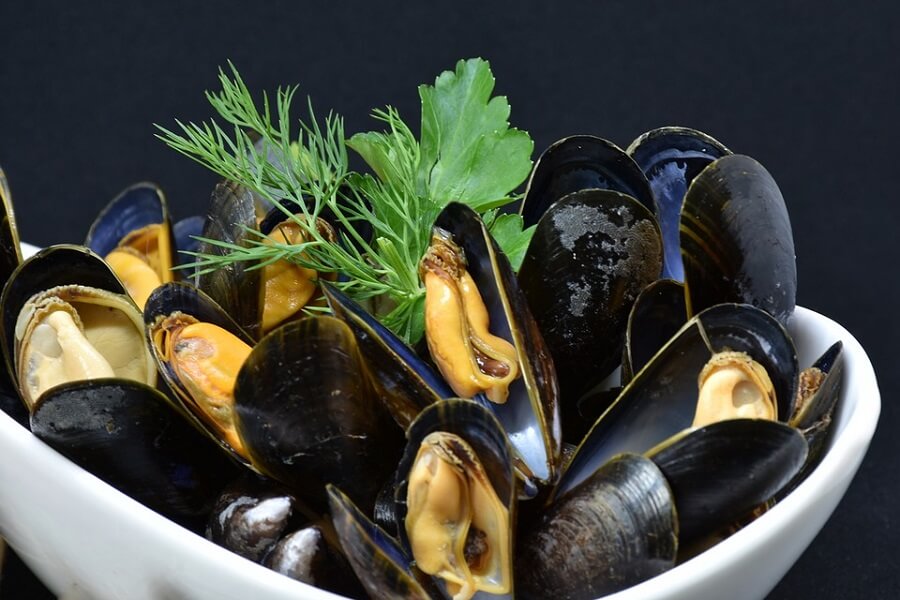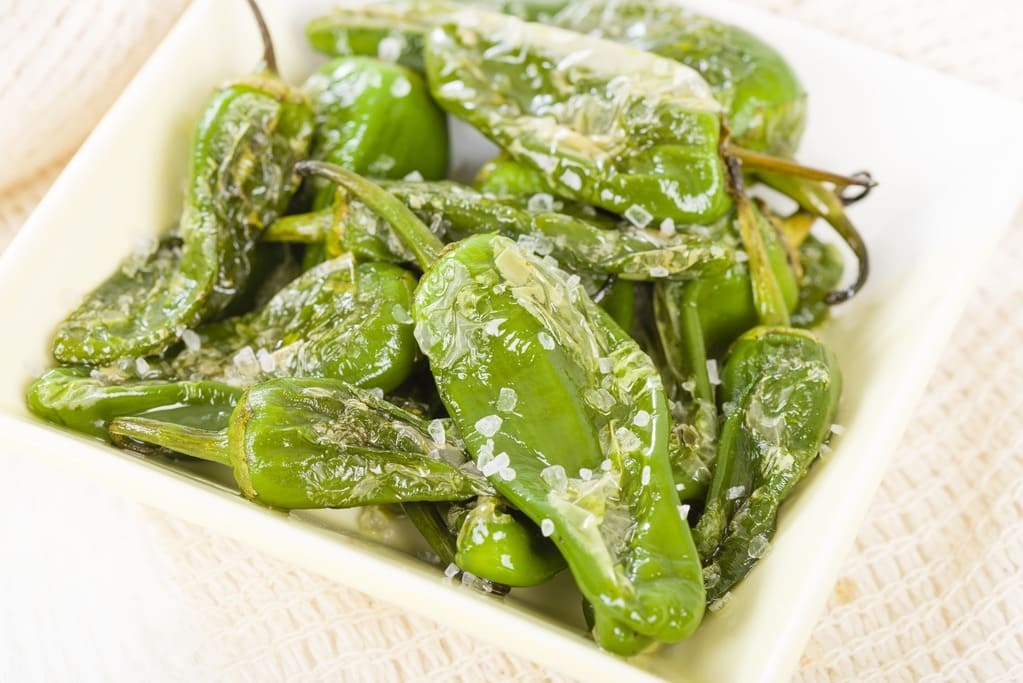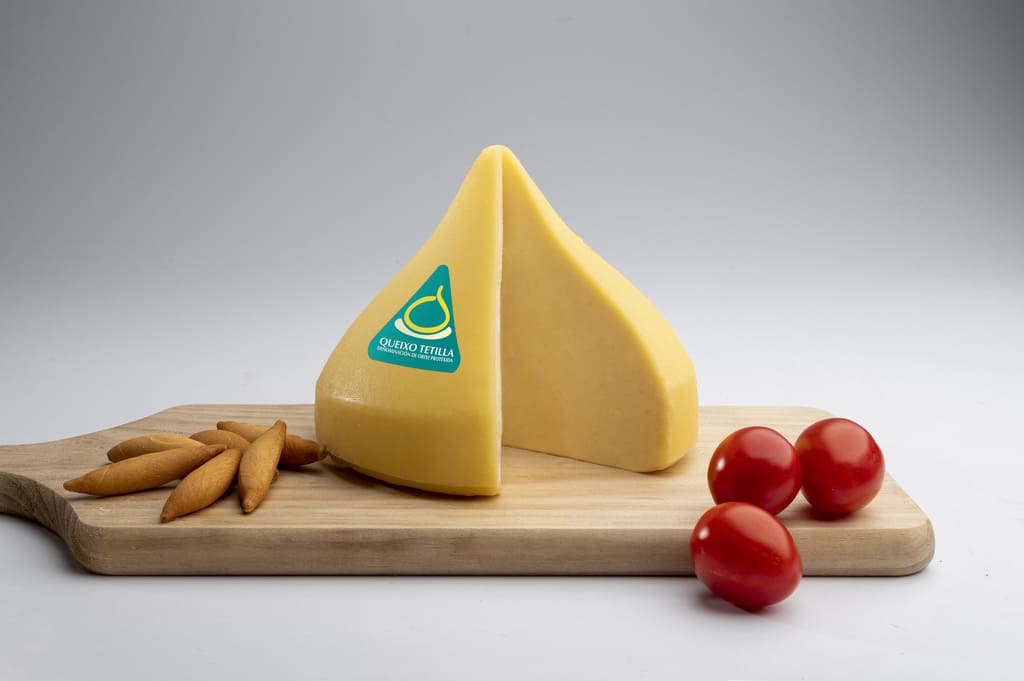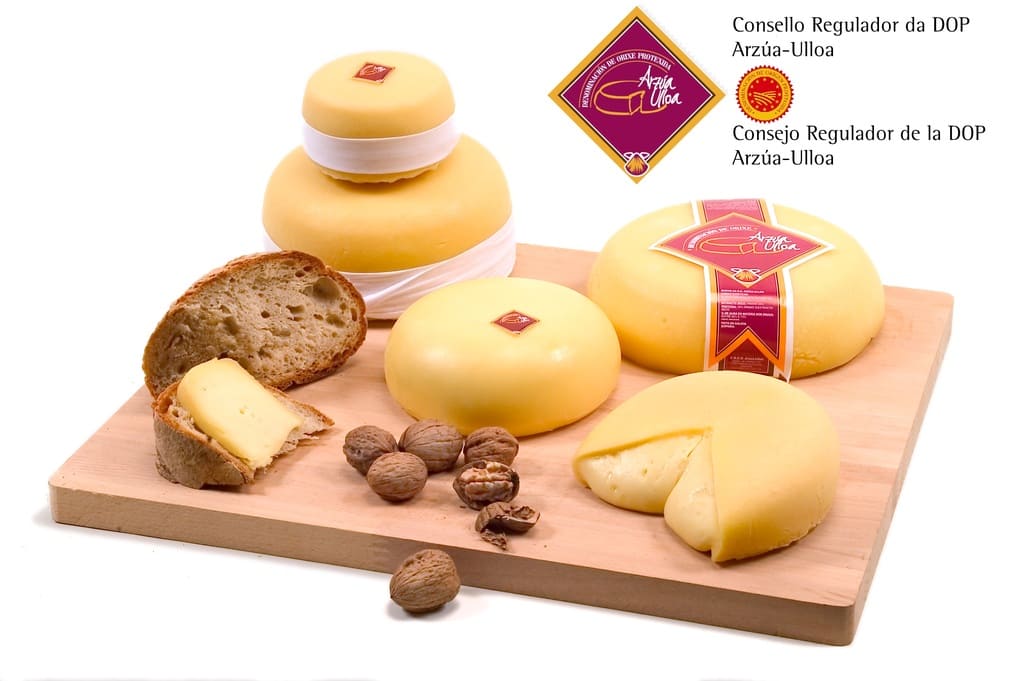The fruit of excellence
Flavours, a meticulous work carried out by the Galician producers to obtain the best products and the best quality. These are three important features of the cuisine of As Rías Baixas, which boast products under their own designation of origin: its wines, mussels, the cheeses Tetilla and Arzúa-Ulloa and the peppers Pementos de Herbón are some examples.
1. PROTECTED DESIGNATION OF ORIGIN ‘RÍAS BAIXAS’
The Protected Designation of Origin Rías Baixas is made up of varieties of red and white wines, being the white ones the most produced, especially the Albariño variety, which is the most characteristic of this wine-growing area.
Geographical areas
- Val do Salnés: towns of Cambados, Meaño, Sanxenxo, Ribadumia, Meis, Vilanova de Arousa, Portas, Caldas de Reis, Vilagarcía de Arousa, Barro, O Grove and A Illa de Arousa.
- Condado do Tea: towns of Salvaterra de Miño, As Neves, Arbo, Crecente, Salceda de Caselas, Ponteareas, A Cañiza (parish of Valeixe), Tui (parishes of Guillarei, Paramos, Baldráns and Caldelas de Tui) and Mos (parish of Louredo).
- O Rosal: towns of O Rosal, Tomiño and A Guarda, Tui (parishes of Pexegueiro, Areas, Malvás, Ribadelouro, Rebordáns, Pazos de Reis, Randufe and Tui) and Gondomar (Mañufe and Vilaza)
- Soutomaior: town of Soutomaior.
- Ribeira do Ulla: in the province of Pontevedra: A Estrada, Silleda and Vila de Cruces.
2. PROTECTED DESIGNATION OF ORIGIN ‘MEXILLÓN DE GALICIA’
The Protected Designation of Origin Mexillón de Galicia includes the mussels reared in the Galician rías (inlets) and certifies that they have been cultivated in a traditional, natural and eco-friendly way .
Geographical area
The farming area includes the sea of the innermost part of the Galician rías in the provinces of A Coruña and Pontevedra, where mussels are cultivated in floating wooden structures with ropes called bateas in therías of Ares-Sada, Muros e Noia, Arousa, Pontevedra and Vigo.
3. PROTECTED DESIGNATION OF ORIGIN ‘PEMENTO DE HERBÓN’
The peppers under the Protected Designation of Origin Pemento de Herbón are the fruits of the species Capsicum annuum L. from the local ecotypes of the variety ‘Padrón’.
Geographical area
This produce under the Protected Designation of Origin is grown in the following towns:
- In the province of Pontevedra: Pontecesures and Valga
- In the province of A Coruña: Padrón, Dodro and Rois
4. PROTECTED DESIGNATION OF ORIGIN ‘QUEIXO DE TETILLA’
It is a creamy and soft cheese with a subtle aroma and a traditional conic shape after which it was named. It is made of cow milk of the breeds Holstein, Braunvieh and the Galician breed Rubia Galega as well as their crossbreeds.
Geographical area
The Queixo de Tetilla and the milk used for its production are obtained in the whole region of Galicia.
In the province of Pontevedra it is produced in the towns of Agolada, Lalín, Silleda, A Estrada, Vilagarcía de Arousa and Cuntis.
5. PROTECTED DESIGNATION OF ORIGIN ‘QUEIXO ARZÚA-ULLOA’
The cheese Queixo Arzúa-Ulloa is slightly salty and has a characteristic acid touch. As it matures, this cheese gets a butter flavour with hints of vanilla, cream and nuts. It is made of cow milk of the breeds Holstein,Braunvieh and the Galician breed Rubia Galega as well as their crossbreeds. The cheese is commercialised in two varieties, namely, “de granxa”, whose milk comes entirely from cows in the same farm, and “curado”, a type of cheese that has been aged for at least six months.
Geographical area
The area of production of the milk and cheese under the Protected Designation of Origin Arzúa-Ulloa includes:
- Province of Pontevedra: towns of Agolada, Dozón, Lalín, Rodeiro, Silleda, Vila de Cruces and A Estrada. Province of A Coruña: 16 towns; province of Lugo: 9 towns.






